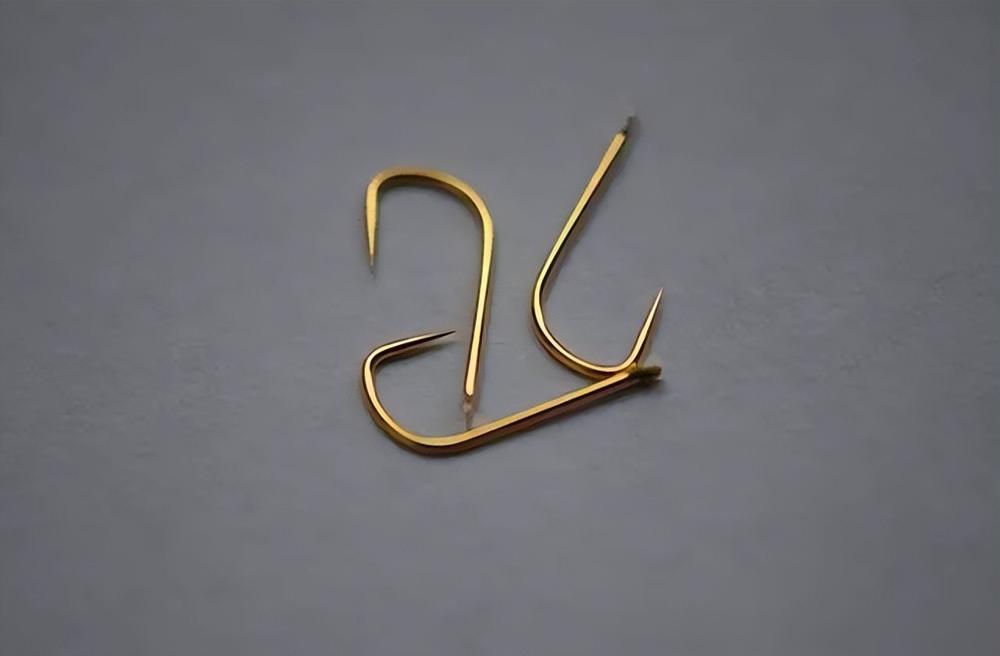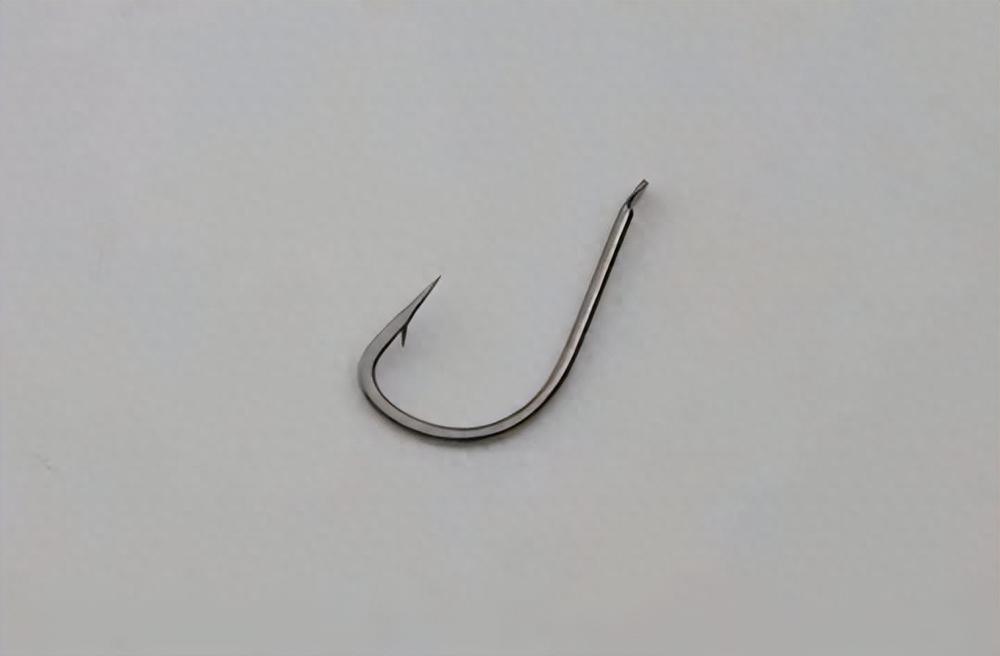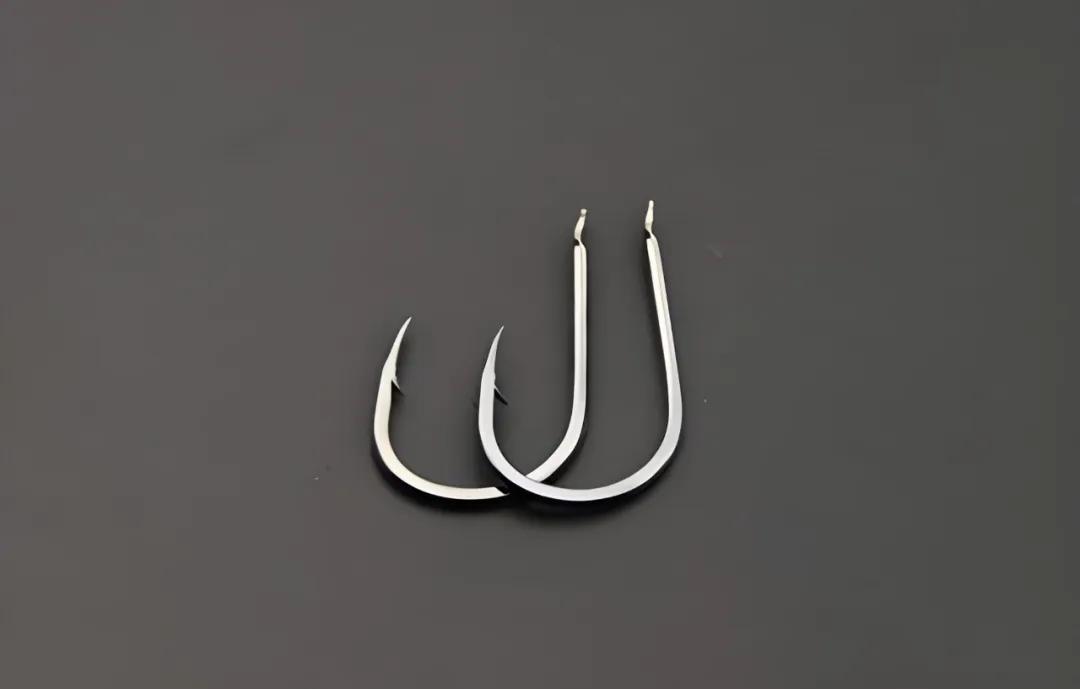When fishing for carp, which hook type and what size should be used for the best results? I believe many anglers have the same question in mind. Since there are more than ten types of hooks on the market, except for SODE hook and Stream Hook which are clearly for small fish, other hook types on paper more or less relate to carp, which confuses many people. In fact, there are three commonly used hook types for wild carp fishing. Below, I will explain how to use them flexibly based on their characteristics.
Sea Evening Hook
The first type is Sea Evening Hook. Its characteristics include a large hook bend, a slightly inward-pointing hook tip, a long shank, and thin hook wire (thicker than SODE hook). From this, you can see that, like SODE hook, it can be used for small fish, but its structural strength is significantly greater, and its comprehensive performance is stronger. It is usually used for all-round fishing of carp and Crucian carp. For example, if I mainly target crucian carp, but the fishing spot occasionally attracts some carp, then using Sea Evening Hook size 3 or size 4 for all-round fishing is a good choice. It can catch crucian carp, and when carp appear, it can still handle them effectively.

SODE hook
Of course, if you are mainly fishing for carp weighing 1 to 5 jin, you can use Sea Evening Hook size 7 or size 8. If the fish individual exceeds 8 jin, it is not necessary to use Sea Evening Hook, as its structural strength is insufficient, and forced use may likely cause the hook to open and the fish to escape. In summary, Sea Evening Hook is a hook type with particularly strong comprehensive performance, highly targeted for carp and crucian carp, but slightly lacking in strength for fishing grass carp.
New Kanto Hook
The second type of hook commonly used for wild carp fishing: New Kanto Hook. Its structure emphasizes balance; the hook bend弧度, shank length, and hook wire thickness are all in the medium range. The biggest characteristic is that the hook tip is straight, making it especially suitable for active hooking in Taiwanese fishing. If you prefer to adjust the float with the hook when wild fishing for carp, which falls under the category of active hooking, then New Kanto Hook is indeed an excellent choice.

New Kanto Hook
New Kanto Hook is suitable for small to medium-sized fish species, performing outstandingly for fish ranging from a few liang to 15 jin. From the perspective of wild carp fishing, for fish individuals of 1 to 3 jin, we can use New Kanto Hook size 2; for mostly 3 to 5 jin, we can use size 3; for 5 to 7 jin, use size 4; for 7 to 10 jin, use size 5. Everyone can make reasonable choices based on the resources in your area. Xiao Hei often fishes in waters where carp individuals are concentrated in 1-5 jin, mostly 1-3 jin, so he uses New Kanto Hook size 2 all year round.
Iseama Hook
The third type of hook: Iseama Hook. It has a large hook bend, a hook tip that inclines inward over a wide range, a short shank, and thick hook wire. This design gives it extremely strong structural strength, with high tensile resistance, making it difficult for fish to deform it. Regarding Iseama Hook, everyone must remember two points. First, there is no need to use Iseama Hook smaller than size 7. Iseama Hook type hooks are very heavy, and with the large hook bend, even if using small sizes to fish for small individuals, the float signal is very poor, not even close to Sea Evening Hook or SODE hook. Moreover, once encountering slightly larger fish, the hook shedding rate of Iseama Hook is higher than that of Sea Evening Hook of the same size. Therefore, many anglers using small-sized Iseama Hook for all-round fishing is not a very reasonable choice. Generally, for mainly fishing carp of 1 to 5 jin, we use Iseama Hook size 7 or size 8.

Iseama Hook
Second, due to the characteristic of Iseama Hook’s tip inclining inward over a large range, it performs slightly poorly in active hooking. Only when the fishing rig is in a passive hooking state, such as running lead or heavy lead on the bottom, can it exert its advantage of tightly gripping the fish’s mouth after hooking and preventing fish escape. This is the biggest difference between it and New Kanto Hook.
Many anglers often ask, if there is a barb, is it less likely to lose fish, and without a barb, is it easier to lose fish? In fact, only when the fishing spot has many obstacles and you need to use a release rope, then having a barb provides a slight advantage. In most cases, there is no difference. Easy loss of fish is often due to incorrect hook size selection or poor timing of hooking.